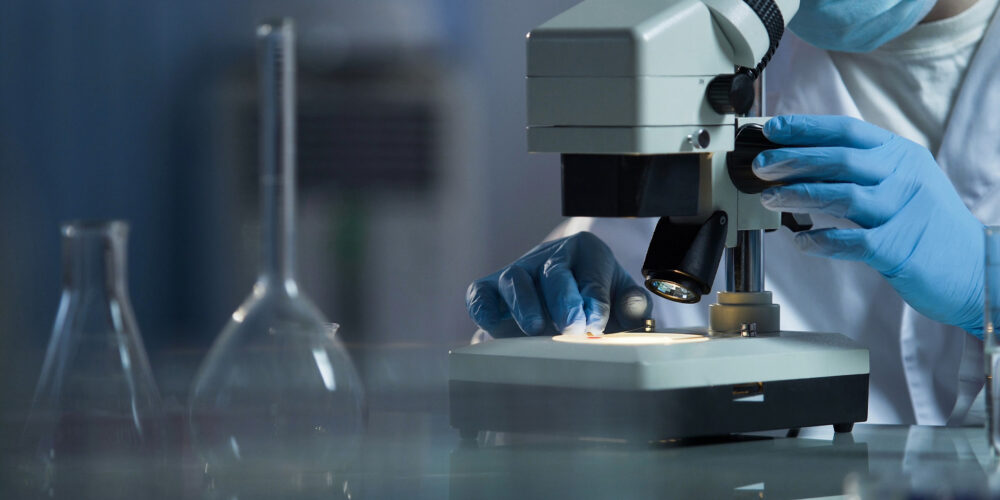Introduction
- Phospholipidosis is a lysosomal storage disorder characterized by excessive accumulation of intracellular phospholipids in tissues, such as the liver, kidney and lung. It is well established1 that a large number of cationic amphiphilic drugs have the potential to induce phospholipidosis. These include antibacterials, antipsychotics, antidepressants, antiantiginals, antimalarials, antiarrythmics, and cholesterol-lowering agents.
- Several mechanisms have been proposed for drug-induced phospholipidosis, including inhibition of the enzymatic activity of phospholipidases2 and binding of the drug to the phospholipid to form drug-phospholipid complexes that cannot be broken down by phospholipidases1.
- Phospholipidosis does not necessarily constitute toxicity, and can resolve by itself, but it predicts drug or metabolite accumulation that have led to liver, kidney, or respiratory failure. Consequently, in 2004 the FDA formed the Phospholipidosis Working Group to study the problem3,4 and recommend strategies for phospholipidosis screening studies.
- Steatosis can result as a consequence of drugs interfering with hepatic lipid processing, leading to accumulation of triglycerides within the liver cells. This condition may lead to harmful liver inflammation, or steatohepatitis. Discontinuation of the offending drug generally leads to reversal of steatosis.
- Accumulation of fatty acids as a consequence of steatosis have led to the recall of marketed drugs and revised therapeutic guidelines for the use of drugs (e.g. tetracycline and valproic acid)5.
- Drug-induced phospholipidosis and steatosis is determined by measuring the accumulation of specific fluorescent probes in HepG2 cells or primary hepatocytes using High Content Screening.
Protocol
Drug Induced Phospholipidosis & Steatosis Cell-based Assay Protocol
References
1) Halliwell WH (1997) Toxicol Pathol 25(1); 53-60
2) Reasor MJ and Kacew S (2001) Exp Biol Med 226; 825-830
3) Reasor MJ et al. (2006) Expert Opin Drug Saf 5(4); 567-583
4) Chatman LA et al. (2009) Toxicol Pathol 37(7); 997-1005
5) Fromenty B and Pessayre D (1997) J Hepatol 26; 43-53
Downloads
- Cyprotex Mechanisms of Drug Induced Toxicity Guide >
- Cyprotex Phospholipidosis & Steatosis Assay Factsheet >

